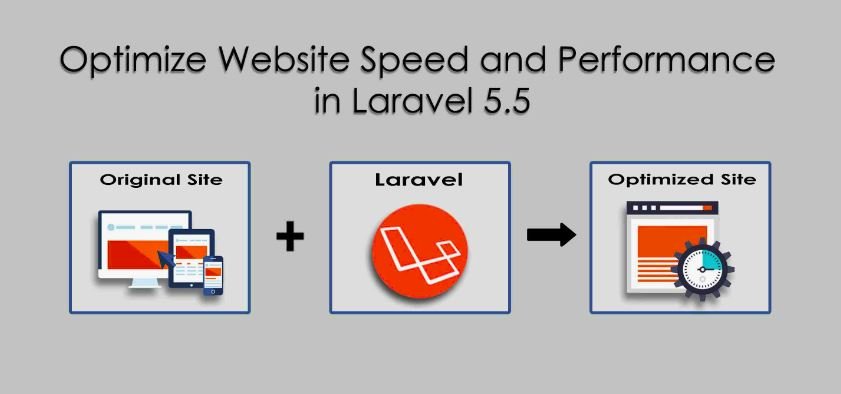Add Your Heading Text Here
Optimizing the performance of a website or web application involves various techniques and best practices aimed at improving the speed and efficiency with which the web content is delivered and interacted with by users. Key strategies include minimizing the size of data transferred (such as images, JavaScript, and CSS), utilizing browser caching, employing content delivery networks (CDNs), and optimizing server response times. Each of these elements plays a crucial role in how quickly and smoothly web content is served to users, impacting user experience, conversion rates, and even SEO rankings. Developers often need to balance between rich functionality and maintaining fast performance to ensure user satisfaction and engagement.
Why Is Page Speed Important?
Page speed is crucial because it directly influences user experience, engagement, SEO rankings, and conversion rates. Faster websites provide a better user experience, keeping users engaged and reducing bounce rates. Search engines like Google consider page speed as a ranking factor, meaning faster websites are likely to appear higher in search results. Additionally, in the mobile-first world, where network conditions can vary significantly, page speed becomes even more critical. Slow-loading sites can lead to lost revenue, as users are less likely to wait for a page to load and more likely to switch to a competitor.
What Affects Site Speed?
Several factors can affect site speed, including server quality, web hosting, the size and format of images and media files, the amount of and efficiency of HTML, CSS, and JavaScript, the presence of redirects, and the use of plugins and third-party scripts. Each component can add delays to the loading process. For instance, a poorly configured server or inadequate web hosting can lead to high latency, while oversized images can consume significant bandwidth, slowing down page load times. Optimizing these elements often requires a thorough assessment and targeted improvements.
How to Measure Website Speed?

Measuring website speed can be done using various tools that provide insights into different aspects of site performance. Popular tools like Google PageSpeed Insights, GTmetrix, and Pingdom offer comprehensive analyses, including how long pages take to load fully, how quickly they become interactive, and which elements are causing delays. These tools often provide both raw performance data and actionable recommendations to improve speed. Regular monitoring with these tools helps in identifying performance bottlenecks and measuring the impact of optimizations.
What Is a Good Website Speed?
A good website speed is typically defined by how quickly a page becomes interactive to users. According to industry benchmarks, a good page load time is under three seconds. However, faster is always better, especially in competitive markets where milliseconds can influence user decisions. Achieving a load time of under two seconds is generally excellent, and it significantly enhances user experience and satisfaction.
Best Practices to Speed Up Your Website
To speed up your website, follow these best practices: Optimize images by compressing them and using modern formats like WebP; minimize the use of JavaScript and CSS, and defer the loading of non-critical JS and CSS; use asynchronous loading for CSS and JS where possible; leverage browser caching; utilize CDNs to reduce latency by serving files from locations closer to the user; optimize web server configuration; and reduce server response times. Regularly revisiting these practices as technology and standards evolve is crucial to maintaining optimal performance.
What is Web Application Performance?
Web application performance refers to the speed and efficiency with which web applications load and run. It encompasses everything from the initial loading of the application to its responsiveness to user interactions, and stability under various loads. Optimal performance is crucial for ensuring that users can effectively and efficiently use the application, which in turn affects user satisfaction, retention, and the credibility of the application provider.
Importance of Web Application Performance
High-performance web applications are crucial because they influence user satisfaction, retention rates, and the overall success of the application. Efficient applications are more enjoyable to use and can handle a higher number of simultaneous users without degrading the user experience. This is particularly important for applications that handle complex transactions, large volumes of data, or real-time data processing.
Key Metrics to Measure Web Application Performance

Important metrics for measuring web application performance include page load time, server response time, time to first byte (TTFB), interaction readiness, error rates, and throughput. Monitoring these metrics helps in understanding the performance from an end-user perspective and identifies areas that may require optimization or troubleshooting to improve overall performance and reliability.
Choosing Software to Monitor Your Web App
Choosing the right software to monitor your web application involves considering factors like the scale of the application, the complexity of the technologies used, and specific business needs. Popular monitoring tools include New Relic, Datadog, and Dynatrace. These tools offer features such as real-time monitoring, alerting, and detailed analytics, which are crucial for maintaining optimal performance and quickly addressing issues as they arise.
Calculate Website Performance Optimization Budget
Calculating a budget for website performance optimization involves assessing current performance, identifying key areas for improvement, estimating the costs associated with various upgrades or optimizations (such as improved hosting, buying and configuring CDNs, and hiring developers for optimization tasks), and weighing these costs against the expected benefits in terms of improved user engagement and potential revenue increases. A well-planned budget should balance costs with expected improvements in performance metrics.
Summary
Optimizing the performance of websites and web applications is essential for enhancing user experience, improving SEO rankings, increasing user retention, and maximizing revenue. By understanding and improving various factors that affect performance, using the right tools to measure and monitor these improvements, and strategically investing in performance optimization, businesses can significantly enhance their digital presence and user satisfaction.
FAQs
To speed up a web application, focus on optimizing the front end by minimizing HTTP requests, using asynchronous loading for CSS and JavaScript, and optimizing file sizes. On the server-side, improve database performance, use efficient algorithms, implement caching strategies, and consider using a more powerful server or cloud services if necessary. Regularly monitoring performance and addressing new bottlenecks as they arise is also crucial.








